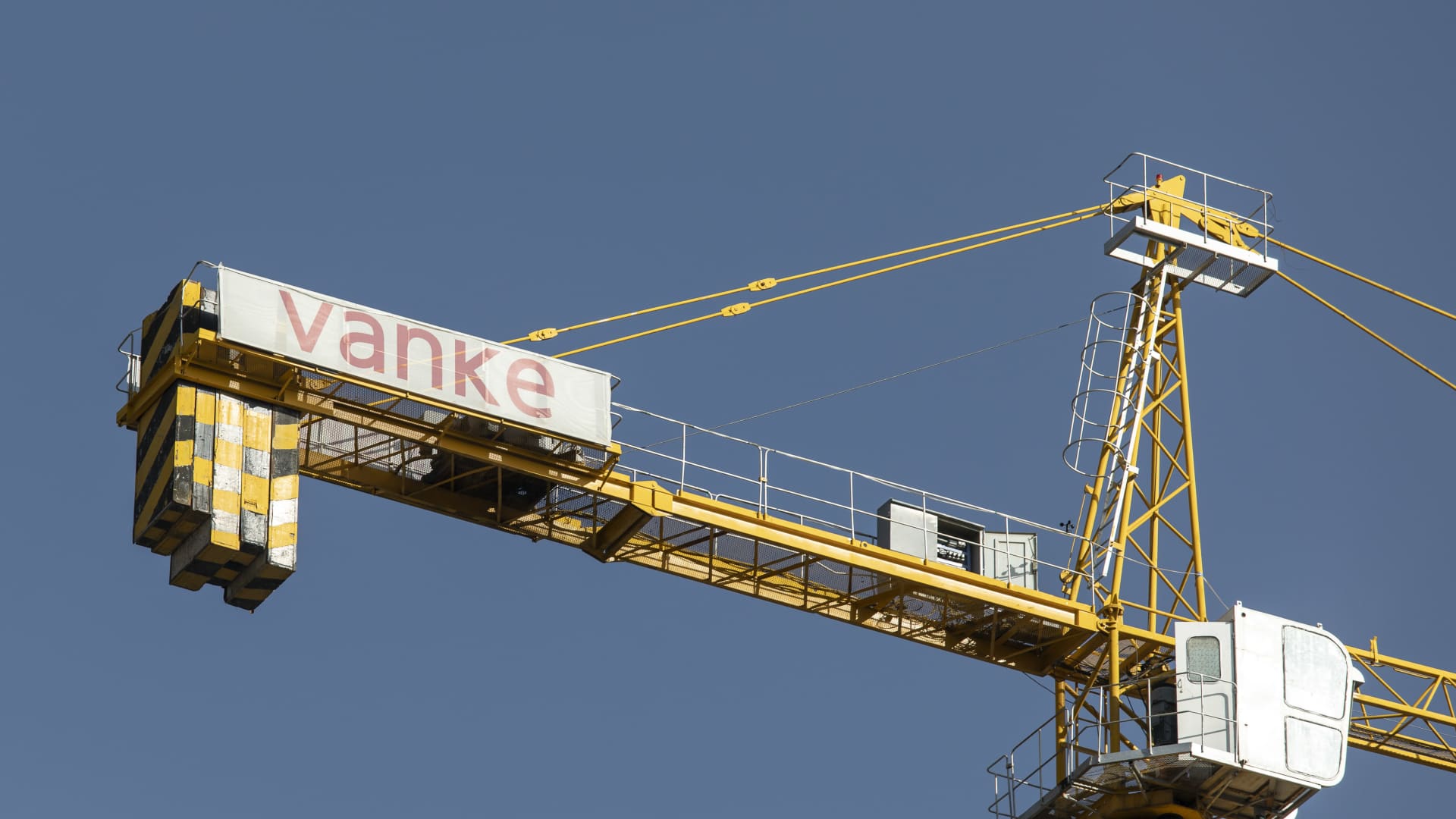Moving Construction Firms Toward Tech-Forward Innovation
With America’s infrastructure challenges and acute housing shortage demanding solutions, is it possible standardization may provide a few of the answers?
Some leading design industry observers believe so. They are convinced standardization and repeatability when combined with the ability to produce all kinds of buildings and taken to warp speed just might be game changers.
They must be right, for health, retail, pharmaceutical and data companies are already embracing this design approach.
We’re not talking about standardization at the building stage. A cookie-cutter strategy in designing homes, schools or medical centers won’t fly. What will is an approach not unlike IKEA’s with furniture, where standardized wooden components when combined in different ways yield very different pieces.
The same standardization taken to a parts level can triumph in the construction of many building types. Using kits of manufactured building components, this path can enable project-level design freedom.
These tech-facilitated components can be manufactured in a factory-like setting, where efficiency and accuracy are much more effectively monitored than in the field, and where carbon emissions can be reduced.
The same kit of components can be made more and more efficiently and economically over time, and still yield all kinds of structures. Yet another benefit is that need for manufactured components will introduce a new and open marketplace and fresh supply chain potentialities, helping address the top-down and bottom-up squeeze impacting general contractors and designers.
Aha moment
“There’s clear recognition that a lack of repeatability is holding everyone back,” says Jaimie Johnston, MBE, board director with global tech-led design company Bryden Wood. “Project teams being formed anew and then disbanded means each new building is a prototype. The big shift that transformed car manufacturing was Henry Ford standardizing and repeating. We need the same ‘aha moment’ for construction.”
He says clients and general contractors consistently ask the firm the same questions. They include, “Can you develop a parts approach, and drive it using configurators?” Another is, “How will this approach reduce the time and costs to deliver my building?”
“Clients are seeking the same benefits of continual improvement that have allowed other industries to flourish,” Johnston continues. “Construction has always been held back by the old guard. Now it is time to become a thriving, tech-led industry.”
Among the tech-driven approaches is introduction of digital design configurators, which assist international corporations in determining the hows, whys and wheres of development in a tiny fragment of the traditional time. These configurators employ genetic algorithms to produce almost infinite design and engineering solutions. That can enable the design of a school, for instance, to be completed in a matter of hours, or gauge the viability of a data center’s design in just minutes.
“Companies want more control over their future construction projects,” says Phil Langley, who leads Bryden Woods’ creative technologies division.
“They want to get to market faster, be more productive and achieve their climate goals. This means developing new, ownable, creative technologies to enable automated design and allow industrialized construction to take root.”
Among corporate entities teaming with Bryden Wood on industrialized construction projects are Equinix, Amazon Web Services and DPR Construction. Canadian contractor Chandos is among the companies leveraging the efficiencies made possible through the innovative approach.
Says company president Tim Colwell: “We get the most value on a project when designers and constructors create assemblies and components working together. When construction informs design, and design reaches deeper into construction, efficiencies can be gained and lots of waste eliminated.”








